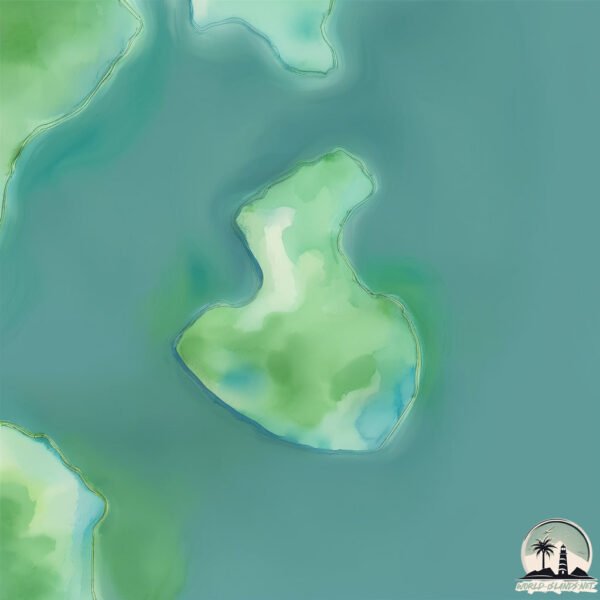Welcome to Nabal-to , a Temperate island in the Japan Sea, part of the majestic Pacific Ocean. This guide offers a comprehensive overview of what makes Nabal-to unique – from its geography and climate to its population, infrastructure, and beyond. Dive into the details:
Geography and size of Nabal-to
Size: 0.153 km²Coastline: 2 kmOcean: Pacific OceanSea: Japan SeaContinent: Asia
Nabal-to is a Tiny Island spanning 0.153 km² with a coastline of 2 km.
Archipel: –
Tectonic Plate: Amur – A minor tectonic plate in the region of the Amur River at the border of Russia and China, involved in complex interactions with the Pacific and Eurasian plates.
The geographic heart of the island is pinpointed at these coordinates:
Climate and weather of Nabal-to
Climate Zone: TemperateClimate Details: Humid Subtropical ClimateTemperature: Hot Summer
Climate Characteristics: With continuous rainfall and hot summers, this climate is common in some coastal regions, supporting diverse vegetation.
Topography and nature of Nabal-to
Timezone: UTC+09:00Timezone places: Asia/TokyoMax. Elevation: 34 m Mean Elevation: 9 mVegetation: Mixed ForestTree Coverage: 51%
The mean elevation is 9 m. The highest elevation on the island reaches approximately 34 meters above sea level. The island is characterized by Plains: Flat, low-lying lands characterized by a maximum elevation of up to 200 meters. On islands, plains are typically coastal lowlands or central flat areas.
Dominating Vegetation: Mixed Forest
Vegetation: 3 vegetation zones – Moderately Diverse Island
Infrastructure and Travelling to Nabal-to
Does the island have a public airport? no .
Does the island have a major port? no .
The mean population of Nabal-to is 454 per km². Nabal-to is Moderately Inhabited. The island belongs to South Korea .
Continuing your journey, Kommo To is the next notable island, situated merely km away.
MoTour | Naval Biliran 2023 | Town Proper
Naval, Biliran NAVAL is the capital town among the eight coastal component municipalities of the island province of Biliran. Naval ...
MoTour | Naval Biliran 2023 | Town Proper
Naval, Biliran NAVAL is the capital town among the eight coastal ...
Naval, Biliran NAVAL is the capital town among the eight coastal component municipalities of the island province of Biliran. Naval ...
Breath of Fire Part 28: Nabal Castle.
Raiding the castle of Nabal to free more villagers of Gant.
Raiding the castle of Nabal to free more villagers of Gant.
kalma ang dagat sa alabat
South Korea is classified as Emerging region: MIKT: Mexico, Indonesia, South Korea, and Turkey – Economies recognized for their development potential and emerging market status. The level of income is High income: OECD.
News – Latest Updates and Headlines from Nabal-to
Stay informed with the most recent news and important headlines from Nabal-to. Here’s a roundup of the latest developments.
Loading...
Please note: The data used here has been primarily extracted from satellite readings. Deviations from exact values may occur, particularly regarding the height of elevations and population density. Land area and coastline measurements refer to average values at mean high tide.

